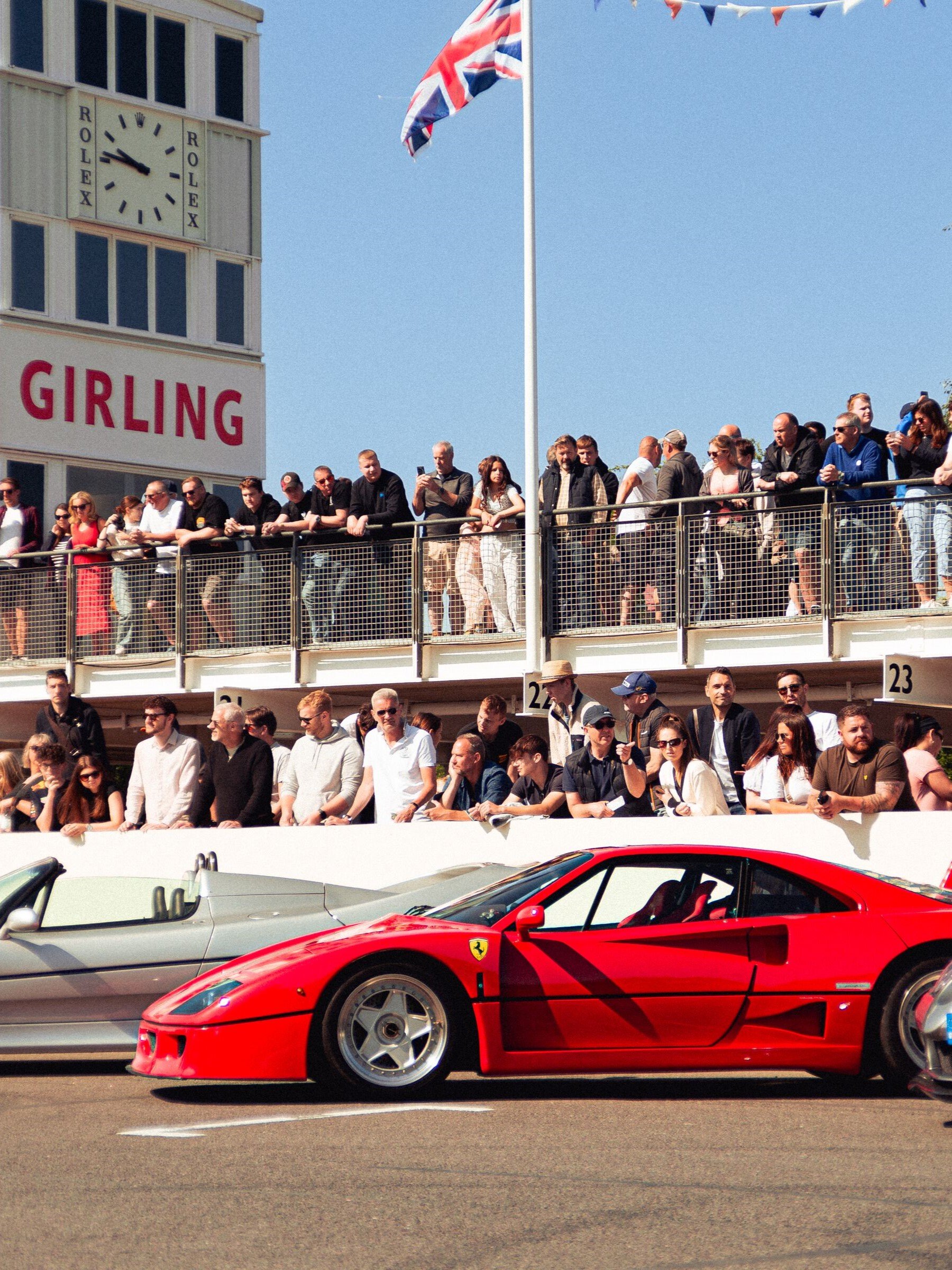Axon’s Automotive Anorak: Isetta – the terrible car that saved BMW
BMW, the Ultimate Driving Machine. This is a marketing strapline that the premium Bavarian manufacturer first used in the late 1960s, and continued to employ with great success until as recently as 2017.

Leaf through old motoring magazines from half-a-century ago and inevitably you will find some old black-and-white advertisements for BMW, with a 2002 model looming large in the driver’s rear-view mirror. Perhaps this is where the old image of BMW drivers being the most aggressive on our roads (a dubious ‘honour’ now passed on to Audi owners) originates.
Although not particularly a huge BMW fan myself, I did once briefly own an example of one of the Bavarian marque’s models; a trusty but rusty old 2002 Touring that rotted as quickly as it drove. It was indeed an enjoyable drivers’ car, though certainly not the best or ‘ultimate’ I have ever owned or driven.

Over the intervening years since BMW began using the ‘Ultimate Driving Machine’ message, a number of its models have proven to be exceptionally good to drive, especially the first-generation M3 (E30), various M5s, and the quirky Z3 M Coupe. My personal favourite modern-era BMW – the Z1 roadster, with its intriguing drop-down doors – was a tad disappointing to drive though, despite its stylish and original sporting good looks and pretentions.
The other day, however, I drove a BMW that was so far removed from being the Ultimate Driving Machine, it was laughable. Admittedly the BMW model in question had thankfully ceased production by the time the ‘Ultimate’ marketing message had kicked in, which is just as well as the company could have well been sued otherwise under the Trades Descriptions Act! This unappealing model was arguably one of the most important in BMW’s car making history though, as without it, the Bavarian motoring monolith we know today might not have survived its near-bankruptcy in the 1950s.

The BMW I was unfortunate enough to drive last week was the Isetta, more commonly known as the tiny and rotund ‘bubble car’, as built between 1955 and 1962. At one time, the BMW Isetta was the best-selling single-cylinder engined car in the world, with 161,728 examples sold overall, and the model being the first British-built BMW ever made (in Brighton), from 1957 onwards.
The Isetta (almost) fulfilled a need in post-war mainland Europe for minimalist and affordable transportation, with Italian domestic white goods maker Renzo Rivolta’s ISO business creating the Isetta, and building it between 1953-58.
As well as industrialist Rivolta cannily selling the production licence for his inexpensive Isetta bubble car around the world, including Velam in France, De Carlo in Argentina and Romi-Isetta in Brazil, ISO sold its largest manufacturing rights agreement for the model to the cash-starved and ailing BMW in Munich.
BMW hadn’t come out of the Second World War in rude health. Its large, ungainly and thirsty 501 V8 saloon widely missed the mark and failed to attract buyers in a depressed post-war market, and much of BMW’s previous production facilities were now based in the newly Communist-run DDR (East Germany).
ISO’s little Italian bubble-shaped microcar was more in tune with mid-1950s new car buyer demands than the baroque BMW 501 and handsome but irrelevant sporting BMWs, such as the 503 GT coupe and expensive 507 roadster.

With BMW’s business teetering on the edge, and a possible takeover by Bavarian-based rival car maker Glas highly possible (with BMW ironically acquiring and killing off Glas just a decade later), astonishingly the tiny ISO was just the right car at the right time, the Isetta essentially saving the BMW company that so many motorists love and admire today
With its tiny rear-mounted 250cc (later 300cc) engine, the three-wheeler BMW (later available with four close-fitting wheels in some markets) was frugal to run and was claimed to be the perfect family car. Along with its similar German-developed Heinkel bubble car rival, the Isetta only had one opening door, mounted at the front and swinging to one side, taking the steering wheel and articulated steering column with it.
As the BMW had no reverse gear, there are many apocryphal stories about Isetta owners driving front-first into the end of their garages, and then being trapped in the BMW as they couldn’t open the door and get out of the car! Whether this is true or not, BMW did later add a small fabric sunroof to enable passengers to climb out through the roof… Late Isetta models even gained the famous BMW double kidney grill, stuck on the front-hinged door. Oh, the humiliation!
The chance to drive a BMW Isetta was not one to pass up lightly, as I have always been intrigued by these cute but slightly farcical machines, and having driven many other austerity era 1950s microcars over the years – from a Messerschmitt Kabinroller to a Peel Trident – I was keen to see how the BMW compared. The answer? It didn’t.

To begin with, the Isetta is awkward to enter with any dignity, as you have to go in backwards, dipping your head so as not a crack it on the upper door frame. Once flopped onto the bench seats and installed in the cabin, it is a long stretch to reach for the door to close it and position the steering wheel infront of you.
Turn the key, and the diminutive 300cc motor fires very noisily into life directly behind your ears, making the BMW shake from side to side. Once underway, the wheezy motor coughs and splutters its way down the road, and gets louder and more intrusive as your speed builds (very slowly!).
The Isetta is cursed with indirect and alarmingly fidgety steering, with the handling of the close-fit twin rear wheel version I’m sampling being increasingly scary, and I’m only travelling at around 20mph so far. I’m not sure I’m brave enough to venture further around the steering wheel centre-mounted speedo, so continue to potter along in a series of nervous zig-zag maneuvers down the road, much to the annoyance and dismay of the ever-growing traffic queue building-up behind me.

After just 15 minutes or so behind the wheel, I’ve had enough. My ears are ringing, my nerves jangling, and I just want to get out of the Bimmer and walk back to my own car.
Contrast this best-forgotten Isetta driving experience with that of an early BMC Mini (a 1961 Morris Mini Minor if you must know) that I drove just minutes later, and the difference could not be more pronounced. The Mini was created and introduced 60 years ago to ‘get those bloody bubble cars off the roads’ and it worked. The Mini was a complete revelation, putting a grin on every driver’s face, rather than a grimace, and was (and remains) a real joy to drive; perhaps the ultimate definition of ‘the Ultimate Driving Machine’.
It is therefore somewhat ironic that BMW – once the builder of one of the worst small cars ever made – should now be the custodians of one of the very best, the Mini, or MINI as the Bavarians now prefer to present it.
As horrendous as the Isetta was, however, it was cute, amusing and economical to run, but more importantly, it once helped to save BMW, and without it, perhaps the marque would not be here today.
BMW
Isetta
2002
M3
Axon's Automotive Anorak




































































